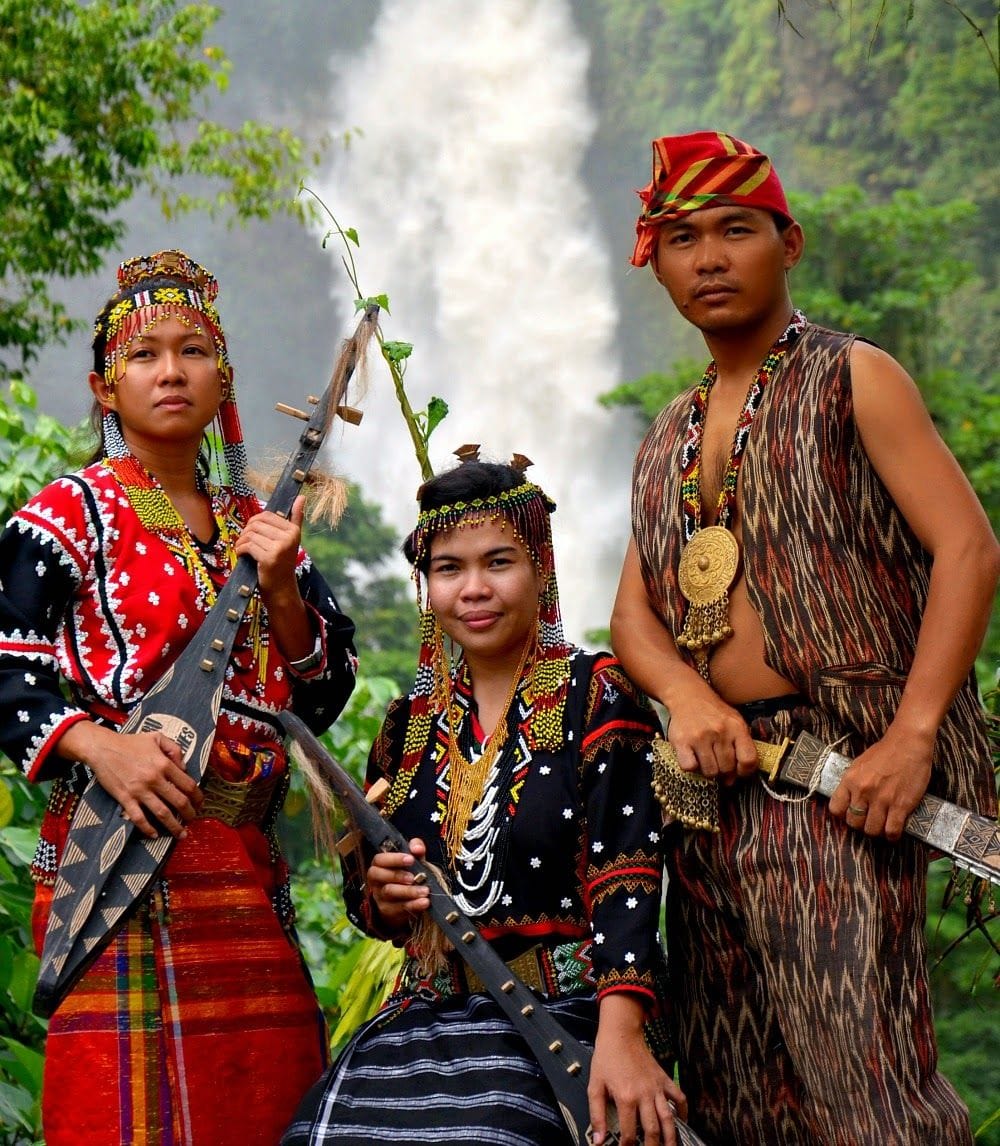Palawan, known for its stunning landscapes and diverse ecosystems, is also a rich cultural hub, home to several indigenous groups, each with its own unique traditions, way of life, and cultural heritage. From the northern regions like Coron to the southern areas near El Nido, these communities have preserved their distinct identities despite the influences of modernity. Exploring Palawan through Coron to El Nido Tiki Tours or embarking on a 3-day Expedition to El Nido provides a unique opportunity to immerse yourself in the vibrant cultural tapestry of these indigenous groups.

During these 3-day tours, visitors can witness firsthand the fascinating ways in which these communities have adapted to their natural environment, maintaining age-old practices that have been passed down through generations. Whether it’s through their traditional crafts, music, dance, or culinary practices, the cultural richness of Palawan’s indigenous peoples is evident. These tours offer a rare glimpse into the heart of Palawan’s cultural landscape, where the past and present coexist harmoniously.
The journey from Coron to El Nido is not just a scenic adventure but also a cultural exploration, allowing travelers to engage with the indigenous communities that call Palawan home. This cultural immersion adds a deeper dimension to your travels, making it more than just a visit to beautiful beaches and pristine waters, but also an exploration of the rich traditions and ways of life that define Palawan’s indigenous heritage.

indigenous tribe
Here’s a detailed list of some of Palawan’s indigenous people, along with cultural insights:
- Tagbanua:
- Location: Widely distributed across Palawan
- Cultural Insights: The Tagbanua are one of the oldest ethnic groups in the Philippines. They have a rich cultural heritage that includes traditional music, dance, and intricate craftsmanship. Tagbanua communities often practice a form of animism, believing in spirits that inhabit natural elements.
- Palaw’an:
- Location: Mainly in the southern part of Palawan
- Cultural Insights: The Palaw’an people have a deep connection with the environment, relying on sustainable agriculture, hunting, and fishing. They have traditional rituals and ceremonies related to agricultural practices, fertility, and healing. The Palaw’an are known for their basketry and beadwork.
- Batak:
- Location: Mainly in the northern part of Palawan, particularly in the mountains
- Cultural Insights: The Batak are known for their nomadic lifestyle, residing in small, thatched-roof huts. They practice swidden agriculture and hunting, and their spirituality is tied to the surrounding natural environment. The Batak have traditional music and dance, often performed during celebrations and rituals.
- Molbog:
- Location: Concentrated in the southern part of Palawan
- Cultural Insights: The Molbog people are traditionally fishermen and farmers. They have unique traditional practices, including rituals for rice planting and harvesting. Molbog artistry is expressed through weaving and carving, creating intricate designs on traditional clothing and wooden artifacts.
- Tangbanga Tribe:
- Location: Rizal, Palawan
- Cultural Insights: The Tangbanga Tribe is a subgroup of the Palaw’an. They have a distinct language and culture, with traditional practices related to agriculture, ancestor veneration, and rituals for healing and protection. The Tangbanga people are skilled in crafting traditional tools and implements.
- Pala’wan:
- Location: Mainly in the southern part of Palawan
- Cultural Insights: The Pala’wan are known for their complex social structure and intricate beadwork. They practice agriculture, weaving, and traditional healing. Pala’wan spirituality involves a belief in spirits and deities related to natural elements like mountains and rivers.
- Agutaynen:
- Location: Agutaya Island
- Cultural Insights: The Agutaynen people have a unique language and cultural practices influenced by their maritime environment. They engage in traditional fishing, boat-making, and celebrate cultural festivals with music, dance, and traditional attire.
- Cuyonon:
- Location: Cuyo Islands
- Cultural Insights: The Cuyonon people have a distinct language and cultural traditions. They are known for their colorful and lively festivals, showcasing traditional dances and music. Fishing and agriculture play essential roles in their way of life.
- Kuyonon:
- Location: Culion
- Cultural Insights: The Kuyonon people have a unique language and cultural heritage influenced by their historical connection to Culion. They have traditional dances, music, and rituals related to agriculture and spirituality.
- Alangan:
- Location: Mainly in the southern part of Palawan
- Cultural Insights: The Alangan people are known for their intricate basketry and beadwork. They have a rich oral tradition, passing down myths, legends, and cultural practices through storytelling. Agriculture and hunting are integral to their way of life.
These indigenous groups in Palawan contribute to the cultural diversity and heritage of the region. Visitors interested in cultural immersion can engage in community-based tourism initiatives, attend traditional celebrations, and learn about the unique practices and beliefs of Palawan’s indigenous people.

